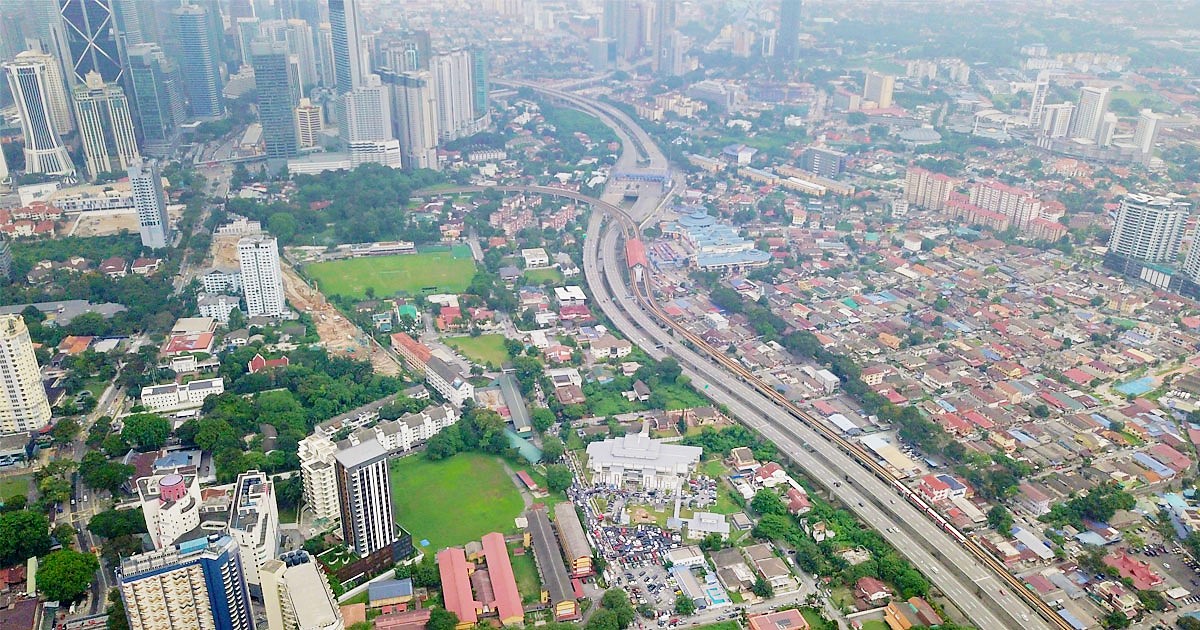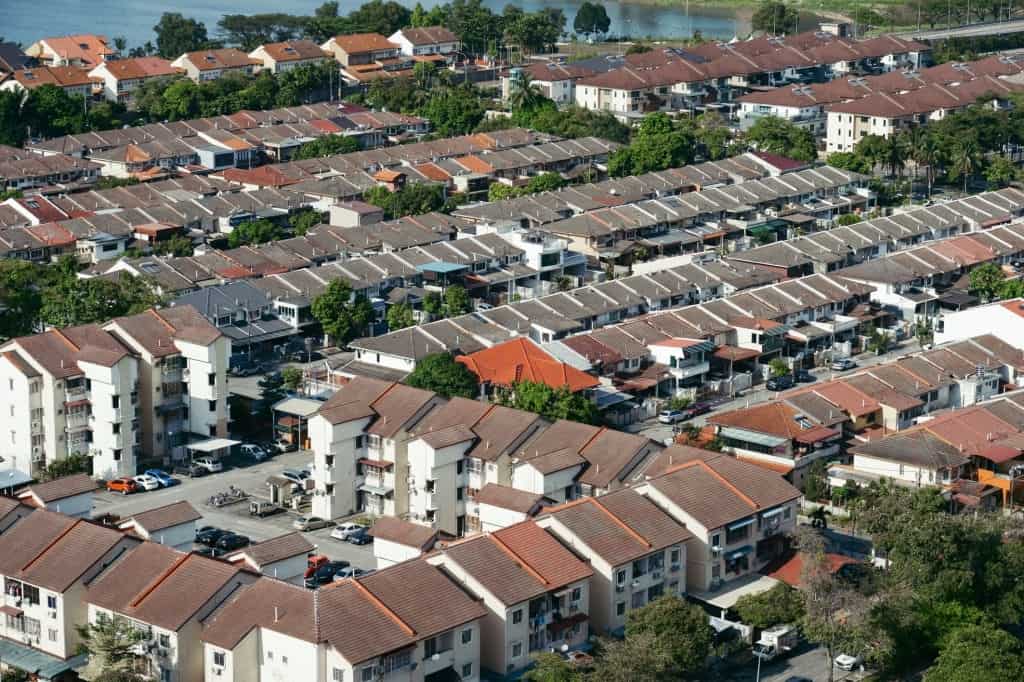9 Tips to Choose the Colours for Your Rooms
by Adwords on December 29, 2021
Although the discussion over city vs. suburban life has been going on for decades, with the latest pandemic ravaging more and more cities, many individuals have begun to tilt toward the suburbs.
With the recent surge in the number of new cases and the spread of the Omicron strain throughout the world, potential homebuyers are reconsidering their options, as protection from fatal contagious viruses now takes precedence.
Before the outbreak, Malaysians faced the dreaded journey to work if they chose to reside outside of the city.
Since the pandemic drove business communities to adapt swiftly through internet communication to work from home (WFH), the fear of being stuck in traffic and having to drive large distances has been partially alleviated.
More enquiries for suburban homes are being made, which might be a sign that the desire for living outside of the city is increasing again.
This is a pattern that can be found all across the world, not just in Malaysia.
However, choosing to live in a city or a suburb is a personal choice.
They all have advantages and disadvantages, but in the end, it is up to the buyer or renter to make the decision.

If you want something that requires little upkeep and has a lovely interior design, renting or buying a property, such as a condo, in the city may be a good option. If you want to live in a condo, you may have to make do with a small living room or bedroom with no option of renovating the space, especially if you are renting.
However, living in a city condo provides more security, and there will be a few basic amenities such as a gym, a swimming pool, a playground, a basketball court, a convenience shop, and a café.
Most condominiums in the city are within walking distance of a train station, and if you don't have a car, there will be a taxi and bus stop nearby. There are frequently more stores, restaurants, or retail malls in the surrounding region as well. For your entertainment, you should be able to discover a few neighbourhood bars or recreational centres.
However, city life is not without its drawbacks. Because of the city's congested streets, apartments and condominiums are the standards for living arrangements, making it dangerous to reside, especially during a pandemic.
Furthermore, the majority of them are luxury service flats or high-end condominiums aimed at high-value professionals. A brand new 500 sq ft studio flat may attract a monthly rental cost of RM2,000 or more, not including bills, parking spaces, or interior furnishings.
Landed homes are practically (if not entirely) non-existent in the city centre, and even those on the outskirts in districts command high prices.

If you have a family (wife, children, in-laws, pets), you might want to live in the suburbs. In the suburbs, you will enjoy complete privacy, as well as a large yard and garage.
It is also simpler to renovate, especially if you want to add an extra wing, a swimming pool, or a simple bedroom renovation. Even though the home comes with a small living room, you might opt to enlarge it if you are able.
Living in the suburbs also implies that you will be more familiar with your neighbours. In comparison to living in a city apartment, where you seldom see the person next door, neighbours in the suburbs tend to look out for one another.
There are, of course, challenges to living in the suburbs. You may find it difficult to move around without a car because the transit network is less well-connected than in the city, where all lines converge.
Relying on buses exposes you to the risk of being dependent on an irregular schedule, while regular taxi use quickly becomes expensive. While driving your car is convenient, it requires a license and you'll have to pay for your car's fuel, insurance, and maintenance, in addition to tolls and parking fees.
If you live in the suburbs but work in the city, you'll face a whole new set of challenges since you'll have to deal with frequent rush hour traffic in and out of the city, which may double – or, in extreme circumstances, triple – your commute time.
Finally, regardless of where you reside, both regions provide benefits and challenges.
You should measure them against your own needs as well as the needs of the people who will be living with you.









